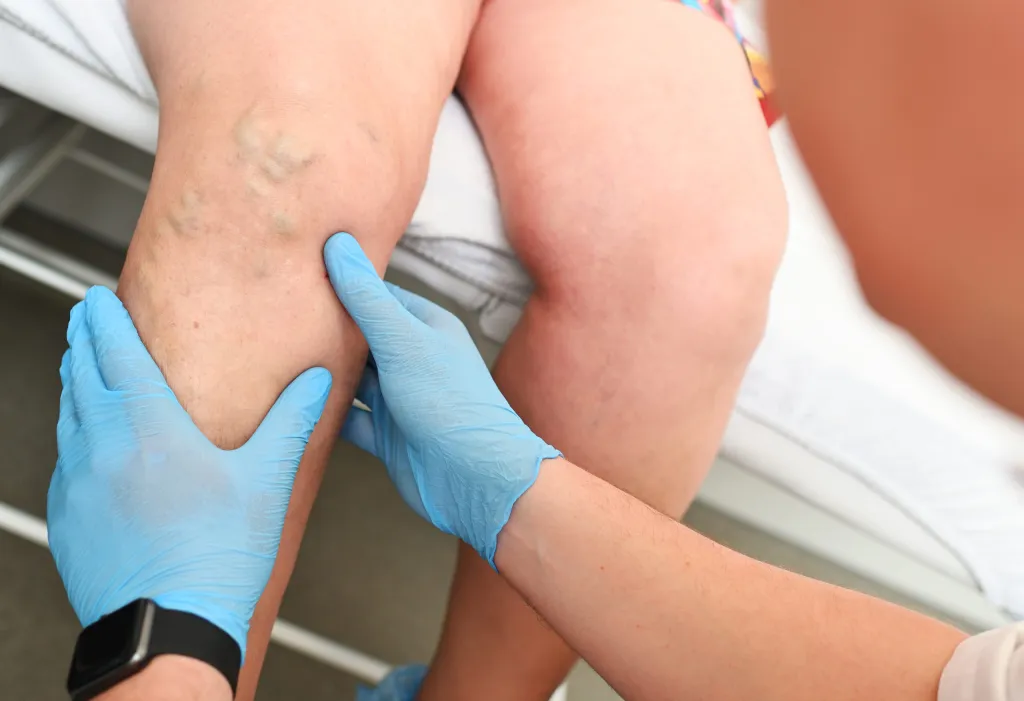
02 Sep What Patients Should Understand About Managing Venous Ulcers
Venous ulcers are chronic wounds that develop when blood circulation problems affect the lower legs and feet. They are painful sores that take weeks or even months to heal. Here is more information on the fundamental aspects of venous ulcer management that patients need to understand for effective care:
Understanding Venous Ulcers
Venous ulcers develop when the venous system in the legs fails to return blood efficiently to the heart. This condition, known as chronic venous insufficiency, creates increased pressure in the leg veins that damages surrounding tissues over time. The elevated pressure leads to fluid accumulation, skin changes, and eventual wound formation in affected areas.
The venous system relies on one-way valves within the veins to prevent blood from flowing backward. When these valves become damaged or weakened, blood pools in the lower legs rather than moving upward toward the heart. This pooling creates a cascade of tissue changes that predispose the area to ulcer formation. Risk factors that contribute to venous ulcer development include previous blood clots, prolonged standing or sitting, obesity, pregnancy, and genetic predisposition to venous problems.
Exploring Wound Management
Compression therapy is part of venous ulcer management. Graduated compression stockings or bandages apply controlled pressure to the legs, helping improve venous return and reduce swelling. The compression level and application method require proper fitting and instruction from healthcare professionals to achieve optimal results.
Wound cleaning procedures involve gentle cleansing with appropriate solutions to remove debris and bacteria while preserving healthy tissue. Normal saline or prescribed wound cleansers help maintain a clean wound environment without causing additional tissue damage. Harsh antiseptics or hydrogen peroxide can impair healing and should be avoided unless specifically recommended.
Elevation techniques help reduce leg swelling and improve circulation when patients rest or sleep. Elevating the legs above heart level for periods throughout the day assists venous return and reduces the pressure that contributes to ulcer persistence. Proper positioning and timing of elevation activities support the overall treatment approach.
Identifying Healing Expectations
Healthcare team coordination involves multiple specialists who address different aspects of venous ulcer management. Wound care specialists, vascular surgeons, and primary care physicians often collaborate to develop comprehensive treatment plans. Each provider contributes specific expertise to address the underlying circulation problems and wound healing requirements. Treatment monitoring includes regular assessment of wound size, appearance, and healing progress. Healthcare providers document changes in wound characteristics, surrounding skin condition, and response to interventions.
Healing timeframes for venous ulcers vary significantly based on wound size, duration, underlying health conditions, and adherence to treatment protocols. Some ulcers may heal within weeks with appropriate care, while others require months of consistent treatment. Realistic expectations about healing time help patients maintain commitment to their care regimen.
Lifestyle modifications support the healing process and prevent ulcer recurrence. These modifications may include weight management, regular exercise within activity limitations, proper leg positioning during daily activities, and adherence to compression therapy recommendations. Long-term lifestyle changes often prove necessary for preventing future ulcer development.
Learn More About Vein Care
Managing venous ulcers requires understanding the underlying circulation problems that contribute to wound development and persistence. Daily care approaches focus on compression therapy, proper wound cleaning, moisture management, and leg elevation techniques. Professional treatment coordination involves multiple healthcare providers who monitor progress and adjust interventions as needed. If you have venous ulcers, consult with a qualified vein doctor to get treatment.

No Comments